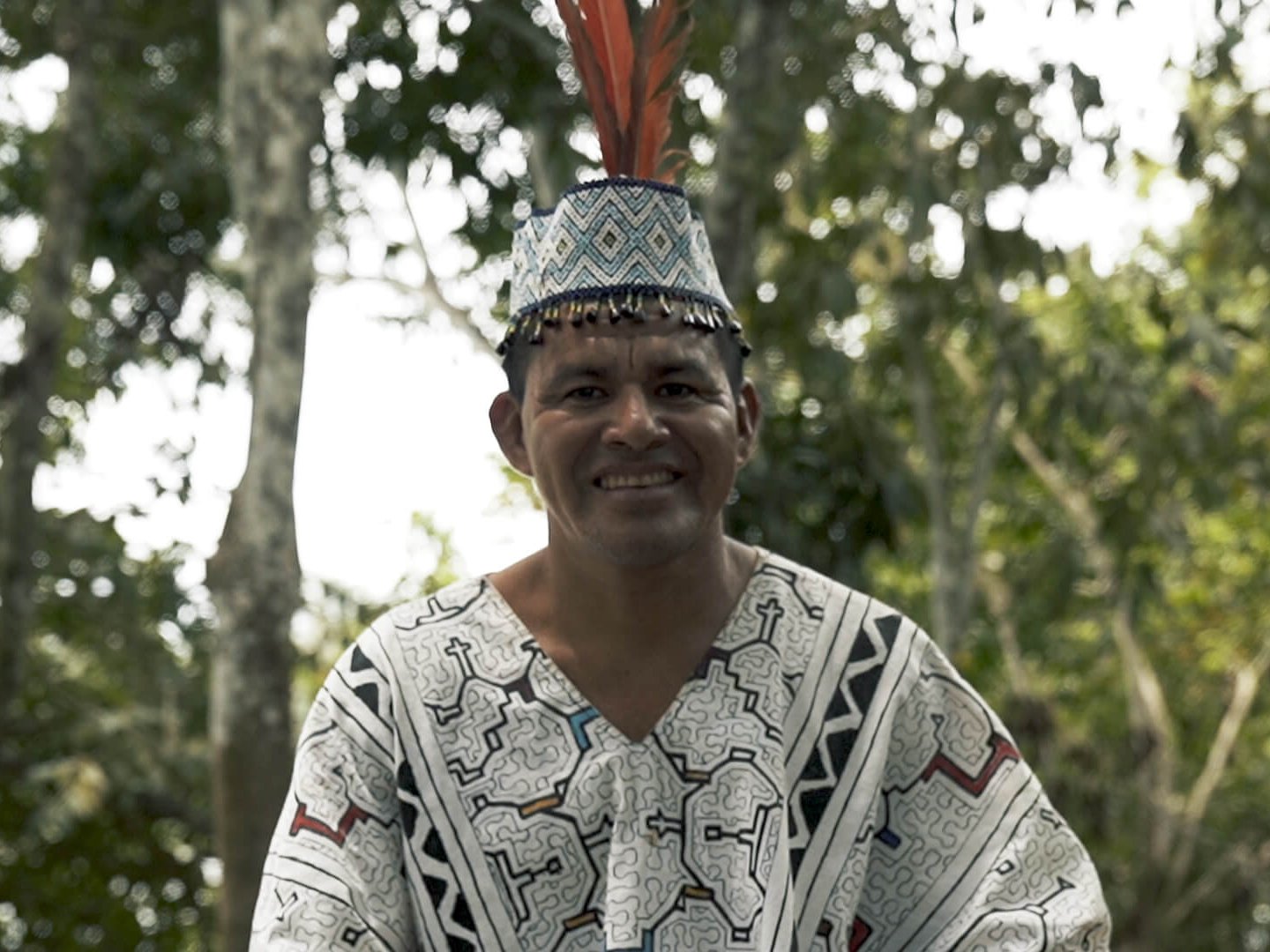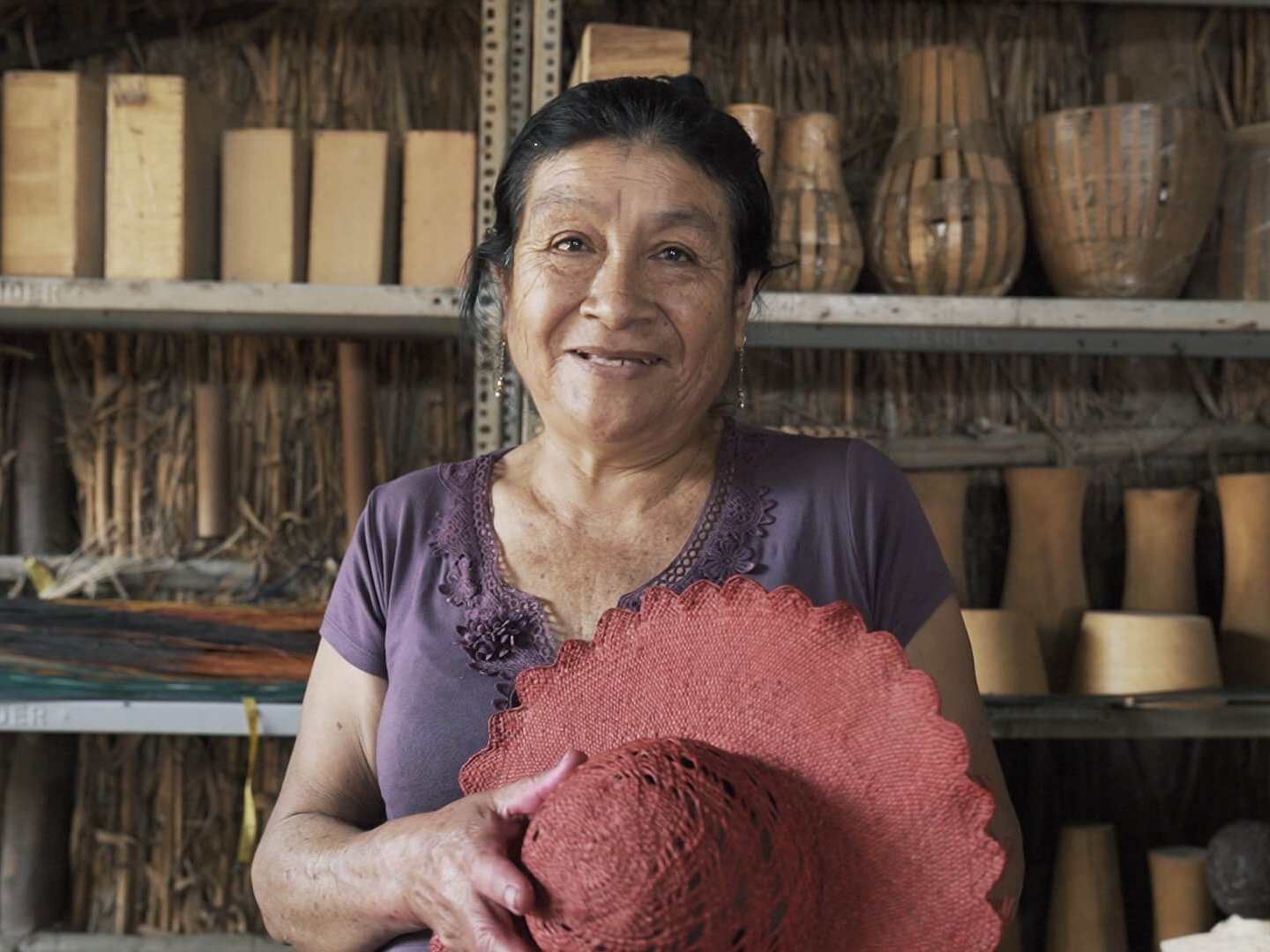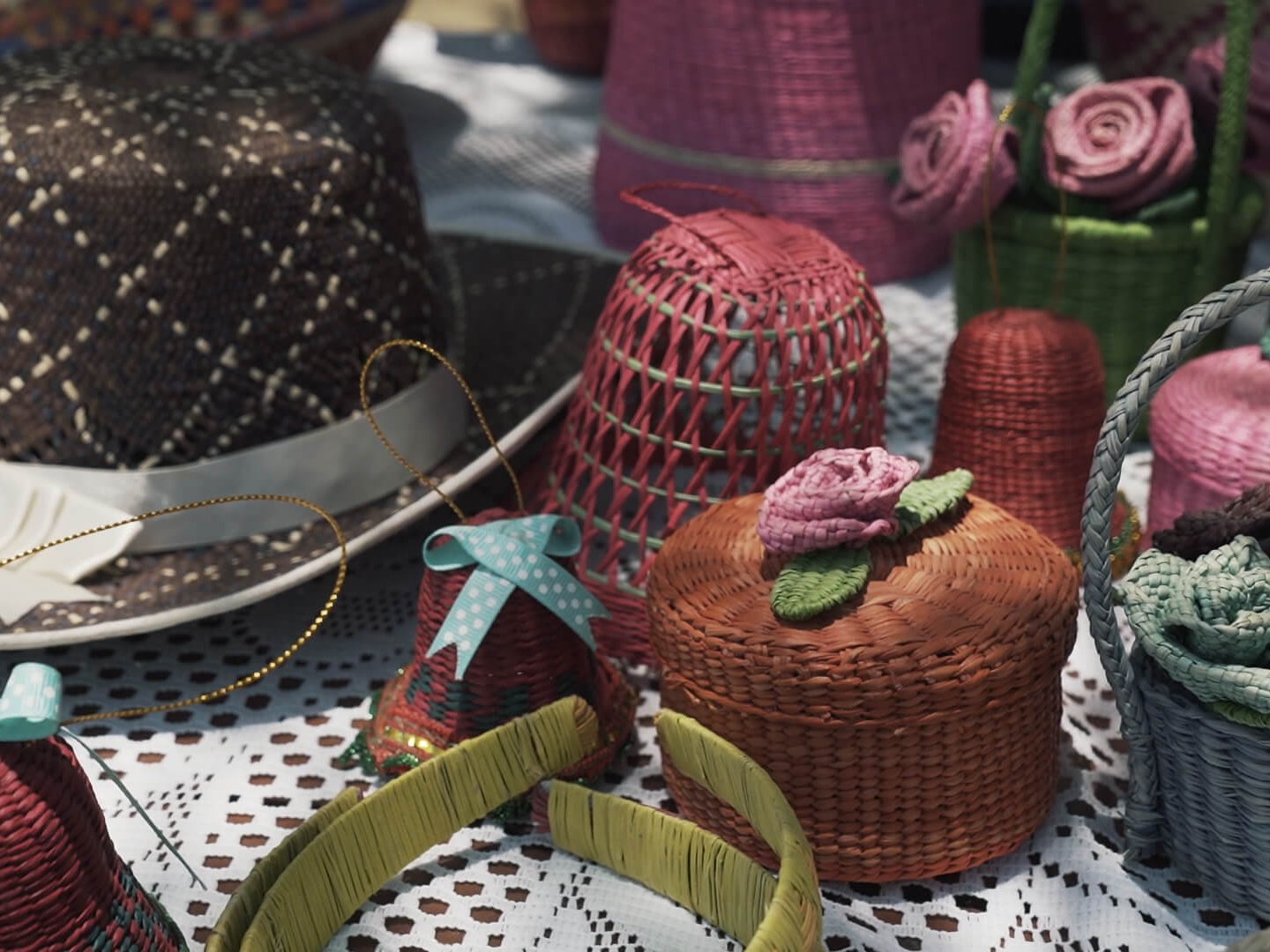T he two-hour drive from India’s capital, New Delhi, to the home of minibus driver Karam Rahman*, in the state of Haryana, is relatively smooth. But the 45-year old’s journey out of poverty has been anything but.
Working for hire ferrying local passengers, Karam makes about Rs 7,500 ($102) a month, or Rs 12,000 ($163) when his eldest son pitches in. But his household expenses total about Rs 20,000 ($272), due to the ill health of his wife. His plan to fix this shortfall involves opening a “kirana” — a local convenience store — in his village, as the nearest other shop is about a kilometre away, but he’s twice been turned down for a loan.
“At one point, I tried buying a vehicle since I have a driving license. But they make you run around for that too. Officials want a guarantor who owns a vehicle, and despite fulfilling whatever criteria they want, there will always be some middleman who wants a commission.”
“Each time I applied for a loan, the [local bank] officials would create some hindrance or the other, saying things like the budget hasn’t been passed yet,” he says. “If I had been a defaulter I understand the apprehension — let the officials be strict. But why did I not get the loan when I have a clean chit [record]? I had no previous debts or loans pending.”
Karam’s experience is representative of those who fall through the cracks of the Indian government’s measures to promote “financial inclusion” — the ability to access financial services, no matter your wealth, gender or social status. In India, Pradhan Mantri Jan-Dhan Yojana (PMJDY), more simply known as Jan-Dhan, is the name for the financial inclusion programme of the present government, which was launched in 2014. It allows anyone above the age of ten to open a basic, no-frills bank account without any charge.
Today, 98 percent of Indian households are said to have a bank account. “The next step is that every individual should have one,” says Dhiraj Nayyar, who at the time of writing was head of economics, finance and commerce at the National Institute for Transforming India or Niti Aayog — a policy think-tank headed by the current prime minister, Narendra Modi. According to Nayyar, India’s main challenges to financial inclusion are the fact that “banks are not physically present in several areas” and “people are not always aware of the government’s schemes”.
But a key problem is that in 117 “aspirational districts” identified by the government for improvement, no additional money to fix these problems has been allocated. Instead of extra funds, Nayyar says that there should be “better convergence of existing schemes and more efficiency”.
In 2010, before the Jan-Dhan programme came along, Karam was hopeful when his bank told him it might be possible to get a loan from another branch. “Then they asked for a guarantor,” he says. “When I arranged a local headmaster to be one, they wanted one more. It was clear they were delaying the process. Finally I got disheartened and gave up.”

It would have earned over Rs 500 ($7) a day, enough to feed my family.
Five hundred kilometres away, in the bordering state of Uttar Pradesh, Jumia Mansoori has been fighting her own battle for financial independence. “There is no store to cater to women’s needs in our village, the nearest one is 15 kilometres away,” explains the 24-year-old, who lives with her husband, Sabir (27), and their three daughters (aged 9, 5, 3).
Currently together they earn approximately Rs 10,000 ($136) per month from odd jobs in workshops that make car parts. “I wanted to open a ‘ladies essentials’ [women’s hygiene and toiletries] shop and required a loan for it. It would have earned over Rs 500 ($7) a day, enough to feed my family.”

We didn’t have those so he said talk to the man sitting outside and get your file ‘improved’.
So she and her husband went to the local branch of the state bank. The officials told them to first get a series of documents in order — an Aadhaar number (India’s ambitious national biometric project), an ID card, a witness, and a signed agreement to pay back the loan. “Getting all that cost us Rs 200 ($3) at the administrative office,” says Jumia. “A bank official then saw our file and said it was ‘severely lacking’ and we should now get land ownership papers. We didn’t have those so he said talk to the man sitting outside and get your file ‘improved’.”
The man sitting outside was a village tout, who refused to give his name but demanded a 20 percent commission to get the loan passed. “In a Rs 200,000 ($2,730) loan amount, Rs 40,000 ($543) was a big sum for us.” This experience is common — in a 2018 study, Transparency International reported that about 56 percent of Indians surveyed admitted paying a bribe.
“We went back to the manager and relayed what the man said”, says Jumia. “The manager retorted that it ‘costs’ that much and tried to send us back to him. I asked him why should I talk to a middle-man when you’re there. That’s when he got upset and tore up my file saying, it’s my wish who I decide to give the loan to and who I don’t wish to.”
The Jan-Dhan accounts are just the first step in financial inclusion, and the problems experienced by people like Karam and Jumia show that the next will be difficult. “In the current financial inclusion system, people can at best hold a no-frills bank account,” says development economist Jayati Ghosh, who teaches at the Jawaharlal Nehru University in Delhi. “The problem is not holding an account, it’s getting the loans.”
Her solution for the issue of banks refusing to lend to low-income groups is simply to reduce the financial risk to the lenders. “It’s a time and labour intensive job for them to give loans to poor people. Subsidise them so the poor can get access while the government compensates the banks,” she suggests.
This approach, Ghosh says, would also help reach the final two percent of Indians who lack a bank account. She notes the example of India’s National Rural Employment Guarantee Act of 2005, where wages were transferred directly into a bank account. “It encouraged more bank accounts,” she says. “Get people to access banking in a similar way. For the poor it’s costly, they lose a day’s wage if the bank is far away. The business of loans is a nightmare.”
To resolve the problem of the village tout, Jumia enlisted the help of Nasir Ali, state coordinator and activist at Misaal, a national network of community-based organisations.
Some even said ‘Go work for a company, you don’t deserve to open a shop.’
“We visited the bank at least 20 times in 6–7 months but each time they had some excuse to shoo us off,” she says. “Some even said ‘Go work for a company, you don’t deserve to open a shop.’”
Ali made a complaint twice, but says that bank officials got the case covered up by claiming the report was fraudulent. “I had to file the complaints in my name”, he explains, “because the village folk would’ve frowned upon her for ‘politicking, being a woman’.”
Ali filed the grievance on Jansunwai, a platform — both a mobile app and website — started by the Uttar Pradesh government in 2016 to register citizens’ grievances and suggestions. As of 10 October 2018, the site had received more than nine million complaints, with only a little under 600,000 unresolved.
Ghosh says that banks struggle to loan money to the poor and less literate, like Jumia and Karam. The officials are overworked and the system is far from friendly. Fixing this would involve turning the Jan-Dhan account into a real one, she argues. “Compensate the banks. Small enterprises and agriculture should get a share of the credit. Recognise that for banks to do due diligence is a tedious process, so bring in cross subsidies.”
Ghosh says she’d like to see the financial inclusion campaign, once focused on villages, then on households, to drill down even further to the level of individuals. “The idea of a Jan-Dhan account is inherently a good one and recognises the first step in financial inclusion,” she says. “Cover every individual adult, not just households, which is crucial for gender relations. Do quotas in the simplest ways, give as many loans to women. All these take time and cost money, but the process of financial inclusion is gradual.”
She adds: “When we not are being creative, and thinking differently for different groups in this country, the talk about financial inclusion feels like propaganda.”
Today, Karam and Jumia lead their lives as before — him working as a hired driver and her in odd jobs with her husband — still struggling to raise income to meet rising expenses. Jumia did not get her complaint addressed by Jansunwai. Karam hasn’t been able to get a loan elsewhere — he gave up after his initial few tries.
Touts continue to be commonplace, reaping the benefits of government schemes before their beneficiaries are able to. Financial inclusion has made great progress in the country — a decade ago, less than half of adults had bank accounts, the number now exceeds 85 percent. But on the ground, in Jumia’s district, Ali feels that all power is concentrated in the bank officials and it’s difficult for an ordinary person to even make a complaint and for it to be rectified.
“There should be effective redressal systems,” he says. “If the bank manager and tout exist together, then without paying commissions, ordinary folks will not get loans. Whatever schemes the government may bring forth for the community, these agents manage to ‘capture’ them first.”
*Name changed.
Misaal is an India-wide network of dedicated activists and volunteers, which seeks to empower communities and strengthen civil society among the excluded and marginalised. It has an app, Misaal Haq ka saathi, which helps people to apply for public and private support, buy mobile credit, get education inputs for their children, and access to other goods and services.
Jayati Ghosh is Professor of Economics at Jawaharlal Nehru University in New Delhi. She writes regular opinion pieces and you can follow her on Twitter.
Shalini Singh is a freelance journalist based in India. She is part of the Core Group of the People’s Archive of Rural India (PARI). She was a 2018 Nieman Foundation Fellow at Harvard University.
All photos by Nasir Ali. Map visualization by Duncan Geere.
For more on identity in a digital age, join our Facebook group.




